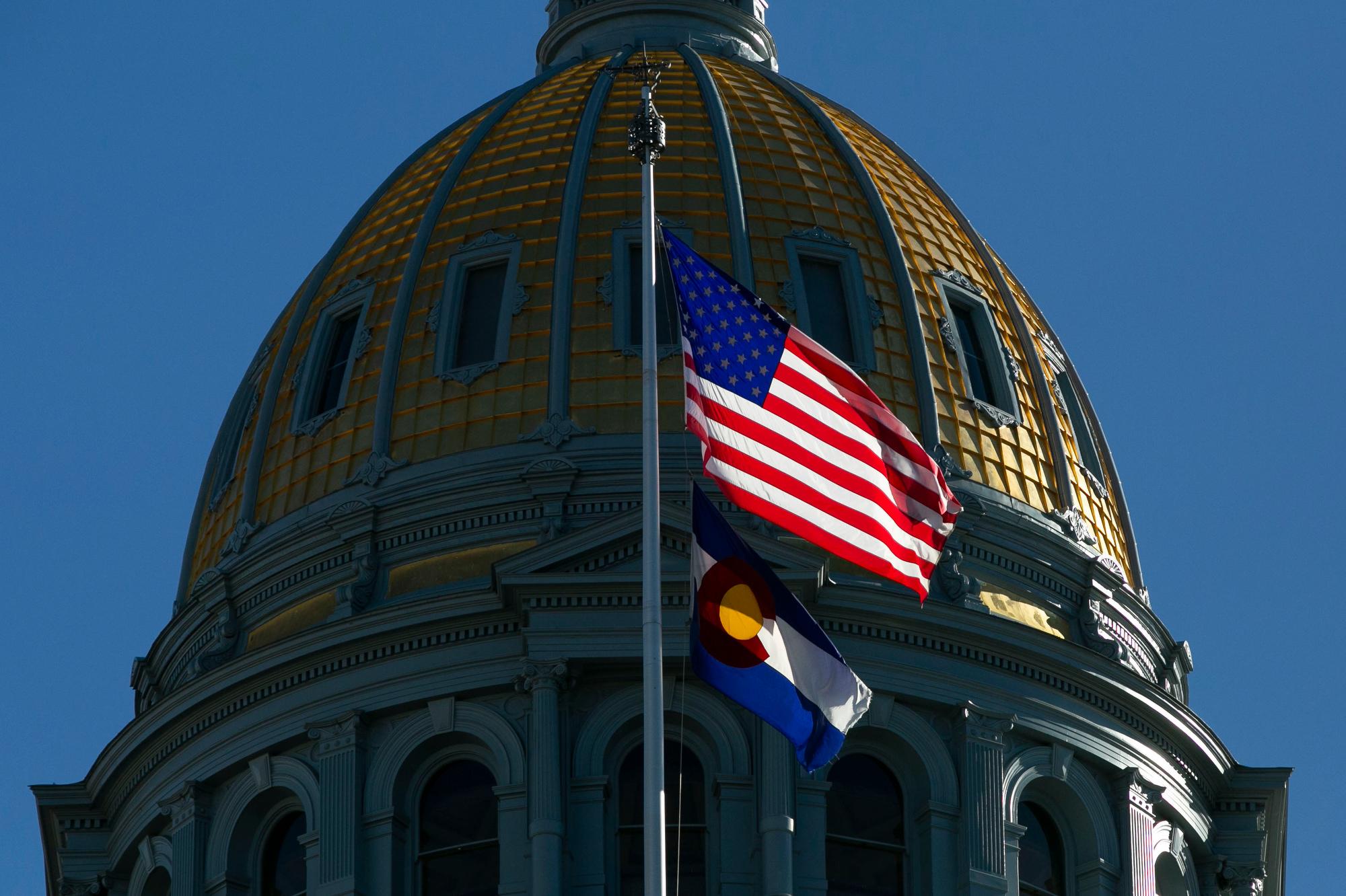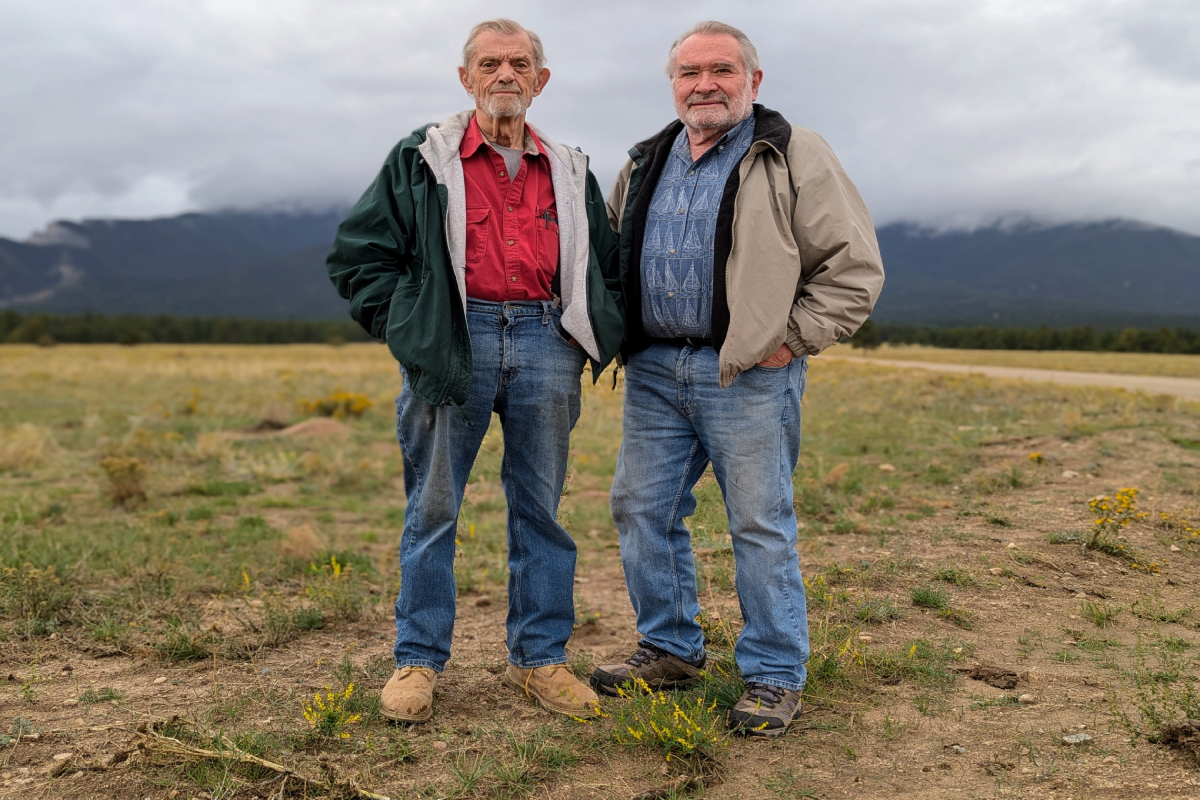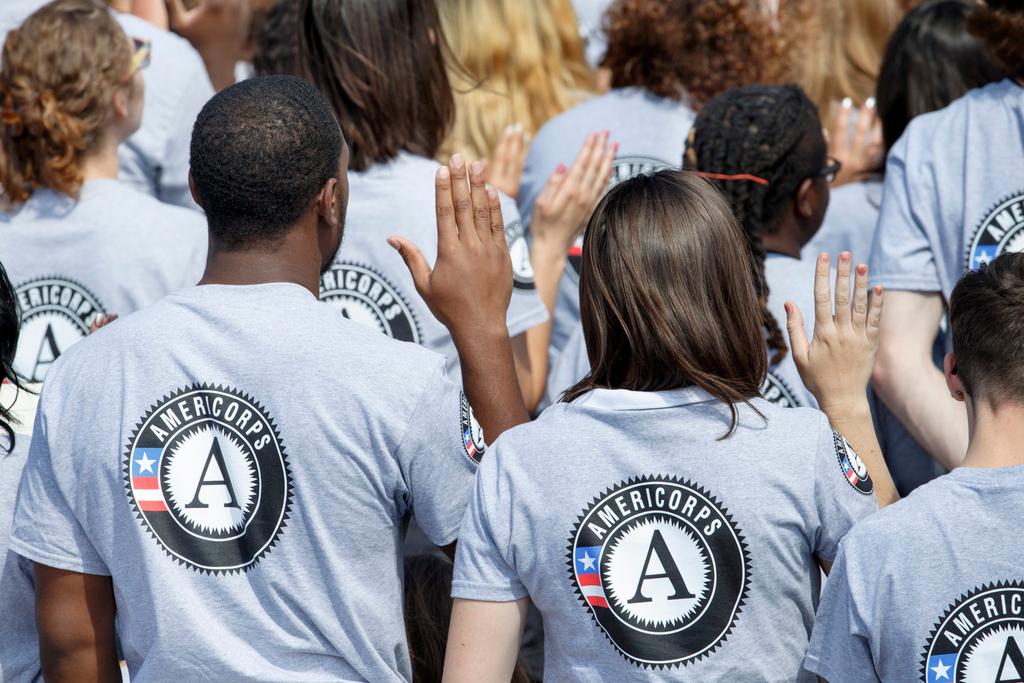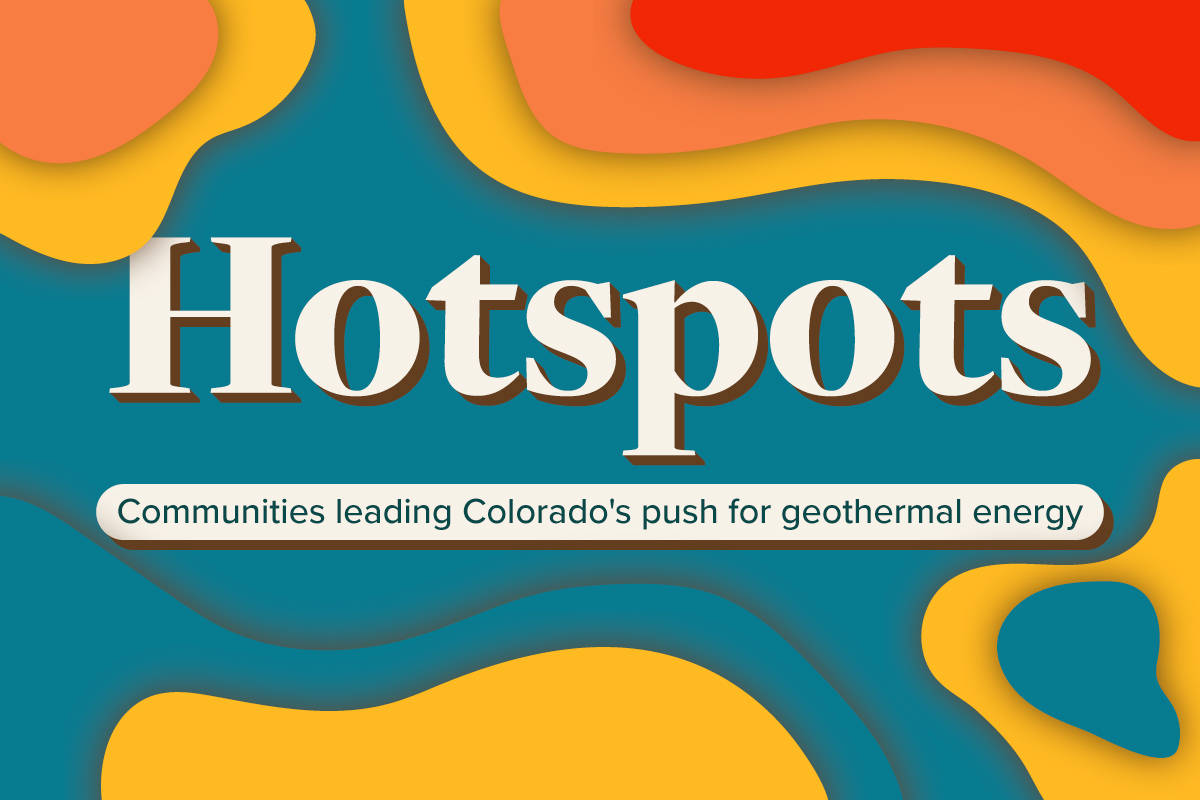
A strong recovery in parts of the economy means that the state government will soon hit the financial limits set by the Taxpayer’s Bill of Rights.
Rising wages, strong retail spending and continuing jobs growth mean more tax dollars for state government. State economists now expect that yearly revenue growth will end up totaling 10 percent in both the previous and current fiscal years.
But that upgraded forecast will put the state far above the spending cap set by TABOR, so it will have to give back the extra money.
“This doesn’t result in much change in the budget bottom line, because the increase in revenue is already over the (TABOR) cap,” said Lauren Larson, the governor’s budget chief.
The state may refund about $4.7 billion to taxpayers between now and 2025. Those refunds have already started because Colorado exceeded the revenue cap last fiscal year.
The size of the refund will depend upon a person’s income. Someone making less than $50,000 could get about $300 in tax year 2022. Meanwhile, someone making more than $250,000 would get almost $1,000. (For joint filers, the amounts are doubled.)
Checks of similar sizes could go out for tax years 2022 through 2024.
What the refunds would look like:
| Income | Expected refund check for a single filer in tax year 2022 |
| Up to $44,000 | $308 |
| $44,001 to $88,000 | $410 |
| $88,001 to $139,000 | $472 |
| $139,001 to $193,000 | $561 |
| $193,001 to $246,000 | $604 |
| $246,001 and up | $972 |
The bigger picture
The state has a couple other ways to deal with the TABOR surplus, too. It can send money back to local governments to cover property tax breaks for seniors and veterans, an amount that will total $670 million over the next few years, according to state economists. The state also has temporarily dropped the income tax rate to 4.5 percent instead of the normal 4.55 percent, amounting to $550 million in uncollected taxes over those years.
The rest of the excess is “refunded” back to taxpayers as a check or direct deposit.
But despite TABOR’s limits, Colorado lawmakers have an extraordinary amount of money to spend right now, including billions from federal stimulus and recovery packages. State lawmakers and others are aiming to use that money to make ‘transformative’ changes in certain areas.
The Joint Budget Committee also heard a general update on the state economy Friday. The state’s gross domestic product - a measure of its economic output — has recovered from the pandemic crash, but other measures lag.
“We still have some room to heal in the labor market,” said Jeff Stupak, senior economist for the Colorado Legislative Council. The state lost about 375,000 jobs early in the pandemic; it’s recovered most of those, but remains about 63,000 jobs short.
Many of the jobs that haven’t come back were part-time or secondary jobs. Significantly fewer people across the country are working multiple jobs.
Colorado's unemployment rate fell slightly last month, to 5.1 percent, with employers adding 9,800 nonfarm jobs. Professional business services and education and health led those gains. However, in a reversal of the trend in recent months, leisure and hospitality actually lost 1700 jobs.
State economist Ryan Gedney says the lack of snow delayed the start of ski season, which could have something to do with it. But, he noted, “Leisure and hospitality did see slow growth as well nationally.”
The number of people participating in the labor force remains slightly down in Colorado: The participation rate is 68.2 percent, compared to 68.7 percent before the pandemic.
Inflation remains a significant and growing factor in the state’s economy. In the Denver metro, prices are running 6.5% higher than a year earlier, driven in large part by higher oil and gas prices.
The state economists warned that despite growth, there are significant risks that could drag the state’s economy back down.








